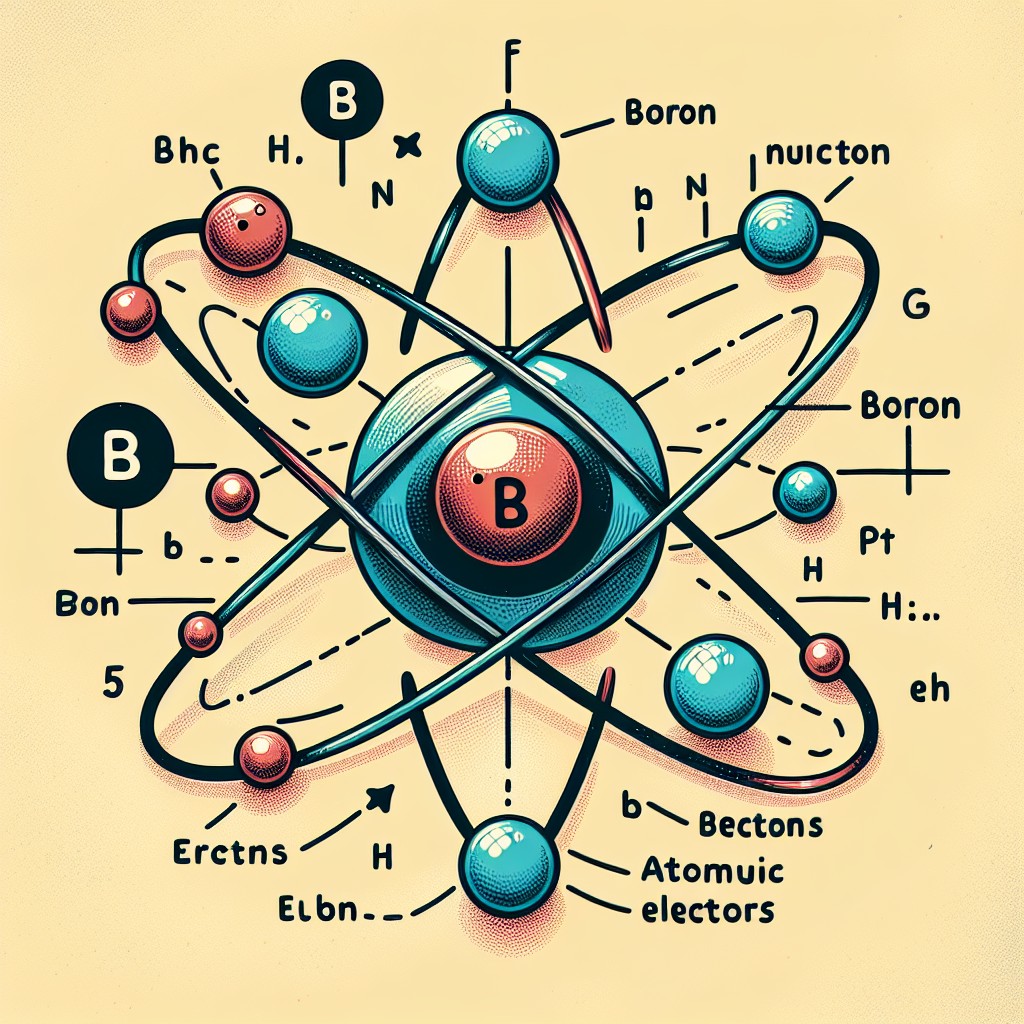| Date | Type | Event |
|---|---|---|
| 1941-03-11 | In 1941 the ‘Lend-Lease’ as devised by US President Franklin D. Roosevelt went into effect The Lend-Lease Act provided money and materials to Great Britain and its allies against Germany in World War II. Roosevelt wanted to find a way to help the Allies while officially staying Neutral and devised this act allowing the president to “sell, transfer title to, exchange, lease, lend, or otherwise dispose of, to any such government [whose defence the President deems vital to the defence of the United States] any defence article". Its official title was “An Act Further to Promote the Defense of the United States” and based on the reasoning that if you help your neighbour defend their home you effectively enhance the security of your own (it was also well known that this war may well come to the United States and helping Britain and her allies would help America). The military hardware was made available on the understanding that if an item was destroyed it would be paid for and if it was un-damaged it would be returned for free. To sell this to the American public, the majority of whom wanted to remain neutral, FDR compared the situation to a neighbour’s house being on fire and them wanting to borrow a hose "I don't say... 'Neighbor, my garden hose cost me $15; you have to pay me $15 for it' - I don't want $15 — I want my garden hose back after the fire is over." On this day the Lend-Lease act became law and gave the Allies much needed resources and boosted morale. | |
| 1941-04-17 |
On this day in 1941 Yugoslavia is forced to surrender to German forces in World War II. On the 25th of March 1941, the Yugoslavian Government signed the ‘Tripartite Pact’ joining the ‘Axis Powers’. This move by the Prime Minister of the Kingdom of Yugoslavia was opposed by many and just two days later the Yugoslavian Air Force led a coup, with support from British intelligence, which over through the government and King Peter II took control of the country at the age of just 17. Hitler was furious and began an invasion starting with bombing raids on the 6th of April 1941. As well as the German forces, Italian, Hungarian and Bulgarian troops also invaded the country as ‘Axis Powers’ and on this day in 1941 the impossible battle was lost by Yugoslavia. The country was divided by the invading Axis Powers and 300,000 Yugoslavian troops were imprisoned.
| |
| 1941-05-27 |
On this day in 1941, The Royal Navy sank Hitler’s prize Battleship the Bismarck.
On the 14th of February 1939, Germany launched its state-of-the-art Battleship, the Bismarck. The ship was named after Chancellor Otto von Bismarck and was set to be the most state-of-the-art ship in the German fleet. Work continued on the ship after its launch until the 24th of August 1940, when it was commissioned into the German Navy. The Bismarck was a formidable ship which was hoped to turn the tide on Britain’s control of the seas.
The first mission of the Bismarck was to break out into the Atlantic Ocean, where she would be almost impossible to track, allowing her to destroy passing conveys on their way to Britain. On the evening of the 19th of May 1941 Bismarck set off on her mission accompanied by the German heavy cruiser, Prinz Eugen. In support of the two ships the German navy also sent three destroyers and several minesweepers, and the Luftwaffe provided air cover.
The Bismarck was quite a prize for the Royal Navy and shortly after she set off on the 20th of May, Swedish aircraft spotted the fleet heading through the Danish Straight. The movement of the Bismarck was confirmed by the code breakers at Bletchley Park and on the 21st of May Flying Officer Michael Suckling flew his spitfire at a height of 8,000 m (26,000 ft) over the flotilla and took photos of the Bismarck and her escorts.
Battlecruiser HMS Hood and Battleship HMS Prince of Wales were sent with six destroyers to the Denmark Straight to intercept the approaching enemy flotilla.
In the early hours of the 24th of May, the two opposing fleets were in range of each other and the Battle of the Denmark Straight began. HMS Hood opened fire on the Prinz Eugen and HMS Prince of Wales opened fire on the Bismarck. The Germans aboard the Bismarck were hesitant but began to return fire 10 minutes later. Both the German ships attacked HMS Hood with their main guns and after several hits, the ship's weapons battery was hit. The explosion split the ship in half and HMS Hood sank with only 3 of the 1,419 crew surviving.
The two German ships then turned their attention to HMS Prince of Wales causing severe damage. Gun malfunction on the guns of HMS Prince of Wales made retaliation almost impossible but the ship managed three hits on the Bismarck causing what appeared to be minimal damage. HMS Prince of Wales was forced to retreat leaving the two German vessels victorious in the battle.
Although the hull breaches on the Bismarck were above sea level the heavy waves soon began to fill the ship with water and she began to list to port side and another of the hits had caused a fuel leak. The two German Vessels headed for the safety of Occupied France for repairs.
Meanwhile, HMS Prince of Wales had met with a large fleet of ships comprising of 5 other battlecruisers and battleships, two aircraft carriers, thirteen cruisers and 21 destroyers. After the sinking of HMS Hood, the Navy ordered all available ships to join the pursuit of the Bismarck and Prinz Eugen. HMS Prince of Wales managed to repair nine of their ten guns and was able to take the lead of the fleet. Planes from the aircraft carrier, the Ark Royal hit the Bismarck with three torpedoes causing further damage and during the attack, Prinz Eugen was able to slip away.
On the 26th of May, the Captain of the Bismark sent a message to command saying "Ship un-manoeuvrable. We will fight to the last shell. Long live the Führer."
On the 27th of May, the Battleships HMS King George V and HMS Rodney spotted the Bismarck and pursued her. They were ordered to continue firing until the crew began to abandon ship and they fired some 700 shells at the Bismarck. The Captain of the Bismarck ordered his men to abandon ship but not before placing demolition charges throughout the ship. Before all the men were able to escape the charges exploded and hundreds died. With the ship abandoned the British battleship attempted to sink the Bismarck and fired several more shells at the vessel without success. Eventually, two torpedoes were fired at the ship and with one exploding on the portside the Bismarck eventually began to sink. Some witnesses reported seeing its Captain, Lindemann, standing to attention on the deck as she sank.
Out of the 2,200 crew, only 114 survived. | |
| 1941-12-07 | In 1941 Japan launched a surprise attack on Pearl Harbour The Imperial Japanese Naval Fleet had been patrolling the Pacific Ocean, conquering various islands including French Indochina in 1940. Their goal had been to stop relief being sent to China who was being supported by The United Kingdom, US and France. They also wanted to secure their own supplies of Oil from the resource rich islands - ready for a full on invasion of China. To ensure naval supremacy in the Pacific, Japan launched a surprise attack on the United States Pacific fleet at Pearl Harbour on the 7th of December 1941. On that morning 353 Japanese planes were launched aircraft carriers which annihilated most of the Pacific fleet docked there. The attack caught the United States completely off Guard and resulted in damage to all eight US Battleships, four of which were sunk. Along with the Battleships, 3 cruisers and 3 destroyers were damaged with 188 aircraft destroyed, and another 159 aircraft damaged. In total 2,400 people died and another 1,178 were wounded, all from this sneak attack by aircraft from six Japanese carriers (the Akagi, Hiryu, Kaga, Shokaku, Soryu and Zuikaku). The Japanese aircraft carriers were also supported by 2 Battleships, 3 cruisers, 9 destroyers and 28 submarines. This attack led the United States to declare war on Japan the following day on the 8th of December. On the 11th of December, after war was declared on the US by Germany and Italy, the United States also declared war on Germany and Italy joining the Allied nations. Within six months the United States would recover all but one of their Battleships lost and strike back at the Japanese fleet that inflicted the massacre at Pearl Harbour. Between the 4th and 8th of May 1942, the United States and Australian Naval vessels encountered the Japanese fleet in the Battle of the Coral Sea with equal damage on both sides they both retreated. During the Battle two of the Japanese Aircraft carriers, the Shokaku and the Zuikaku, were unable to continue fighting. Admiral Isoroku Yamamoto, commander of the Japanese Naval fleet had planned to end the US Pacific Fleet once and for all. Yamamoto planned to attack the coast of Alaska which would draw the US Fleet north. Then he would attack the Island of Midway with a much larger force causing confusion to the US Fleet who would have to divide and move south into an ambush. But US intelligence had intercepted the plans and was ready to strike their surprise attack on the Japanese. On the 4th of June 1942 37 US Bombers, launched from the USS Enterprise, Yorktown and Hornet, attacked and destroyed two of the Japanese aircraft carriers. Within six hours the remaining Japanese Aircraft carriers were also destroyed. In this complete victory by the US Navy not only had they destroyed the seemingly invincible Japanese fleet that had dominated the Pacific Ocean, but they also destroyed 3 (the Kaga, Soryu and Hiryu) and damaged 1 (the Akagi) of the six aircraft carriers that had mercilessly struck at Pearl Harbour. | |
| 1941-12-11 | In 1941 the United States of America joined the Allied forces in WWII The Imperial Japanese Naval Fleet had been patrolling the Pacific Ocean, conquering various islands, including French Indochina, in 1940. Their goal was to stop relief from being sent to China, which was being supported by the United Kingdom, the US, and France. They also wanted to secure their own supplies of Oil from the resource-rich islands, ready for a full-on invasion of China. To ensure naval supremacy in the Pacific, Japan launched a surprise attack on the United States Pacific fleet at Pearl Harbour on the 7th of December 1941. On that morning 353 Japanese planes were launched aircraft carriers which eradicated most of the Pacific fleet docked there. The attack caught the United States completely off Guard and resulted in damage to all eight US Battleships, four of which were sunk. Along with the Battleships, 3 cruisers and 3 destroyers were damaged with 188 aircraft destroyed, and another 159 aircraft damaged. In total 2,400 people died and another 1,178 were wounded, all from this sneak attack by aircraft from six Japanese carriers (the Akagi, Hiryu, Kaga, Shokaku, Soryu and Zuikaku). The Japanese aircraft carriers were also supported by 2 Battleships, 3 cruisers, 9 destroyers and 28 submarines. This attack led the United States to declare war on Japan the following day on the 8th of December. On the 11th of December, after war was declared on the US by Germany and Italy, the United States also declared war on Germany and Italy joining the Allied nations. |


